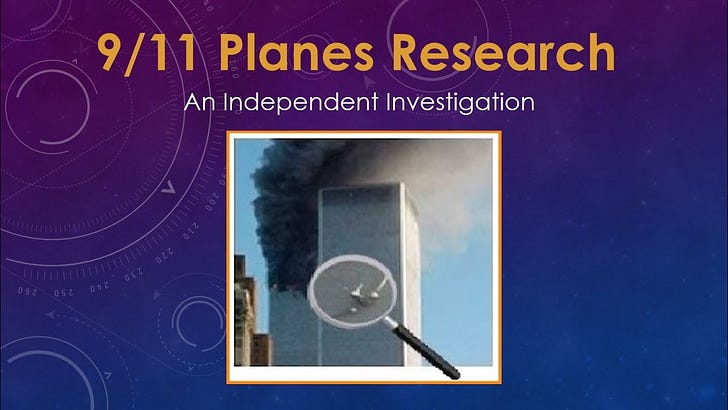The biggest question is: Can a commercial jetliner fly above 500 mph at sea level? Let's see what the experts say? See video below:
Krishna Kumar Subramanian, Aircraft Engineer:
"While the first thing that strikes you when you hear the word “aerodynamics” is “lift”, it actually is about all the forces acting on a body moving in the air. This relative motion between the airplane and the air causes a force — a structural load —on the airplane called “dynamic pressure”. Technically, this force is sometimes called “Q” (like “M” in James Bond movies). Dynamic pressure increases with density of the air, and increases as the square of the speed.
At sufficiently high air density (say, close to the ground), and sufficiently high speed, this force can rip the wings off an airplane. Therefore certification authorities impose a safe speed limit. There are several values of this. Piston engine airplanes are given a straightforward VNE: a single red-line limit of VNE (velocity never exceed).
For turboprops and jets, this speed limit is designated Vmo (velocity maximum operating). VMO is primarily a structural limitation because increased indicated airspeed stresses the airframe, particularly when gusts are encountered. Vmo, unlike the red-line limit of VNE (velocity never exceed) in a piston airplane, accounts for the effects of Math at higher altitudes as well as the structural loads that increase with indicated airspeed. Mach effects include change in flying qualities and loads on the airframe. Air flowing over the wings and tail can approach Mach 1, the speed of sound, when the airplane itself is moving through the air at far less than that speed.
For example, the air must accelerate so abruptly to pass over and under a thick wing section that a Mach shock wave can be created and change the performance of the wing or tail when true Mach is quite low. Mach effects change with air density, becoming more critical as atmospheric density decreases with altitude. For that reason, nearly all turbprop airplanes adjust Vmo down as altitude increases, thus delivering a larger margin away from the detrimental effects of Mach as the air plane climbs. [The creators of the Daher TBM took a different tack and designed in enough airframe strength and flying qualities margin that the airplane exceeds all standards at 270 knots indicated airspeed at any altitude up to its 31,000-foot ceiling. The single red line VMO of the TBM reflects both exceptional airframe strength, and very predictable and benign flying qualities at all altitudes.]
At sea level, it will usually be around 400 mph, or 360 knots for heavily-built transport airplanes. Fly any faster than that at sea level and you risk a break-up. Even rockets are built with limited strength, so they have to observe speed limitations during certain phases of their climb through the atmosphere to contain the aerodynamic forces on their bodies."
Thanks for reading, watching & caring.




HOW DARE YOU ASK THE EXPERTS - We must listen to the disinformation peddlers in the 9/11 "truth" movement.
The PSYOP Cointelpro agents, trying to sell remote controlled planes to over trusting truth seekers.
Why the remote takeover of planes on 9/11 is IMPOSSIBLE
Avionics technician exposes the impossibilities of remotely taking-over a commercial aircraft way back in 2007
Article: https://911revision.substack.com/p/why-the-remote-takeover-of-planes
Even if it was possible for Boeing 757s and 767s to fly that fast at sea level in 2001, it still would've been incredibly risky, especially if they were either flown erratically or exposed to unpleasant weather conditions (for the 9/11 planes, it was apparently the former). There's a reason why they're assigned speed limits, after all.
More importantly, a competent hijacker pilot would've factored in the risks to reduce the likelihood of the attack failing. Yet, they expect us to believe Osama Bin Laden - a millionaire whose IQ was considered above average - didn't bother to invest his money on better pilots to do his dirty work, instead relying on 19 or so hijackers whose lead pilots reportedly could barely fly Cessnas, much less passenger jets, without realizing how foolish that decision was. And they wonder why some people don't believe the official story?